Japan tourism: The giant Buddhist statue at Nihon-ji Temple and Mount Nokogiri
Chika Mori and Lee Jay Walker
Modern Tokyo Times
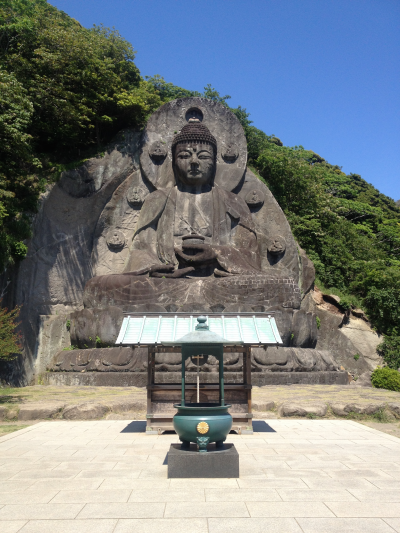
The adorable landscape of this part of Chiba from the lovely ropeway is a treat in itself. Yet, while the views initially soak up the hidden energy of the tourist, this is soon replenished further by the spirituality of Buddhism. This is based on the walks that each tourist will take while witnessing small Buddhist and religious statues. Then, ultimately, the giant size thirty-one meter Big Buddha (Daibutsu) that illuminates the Buddhist grounds of Nihon-ji.
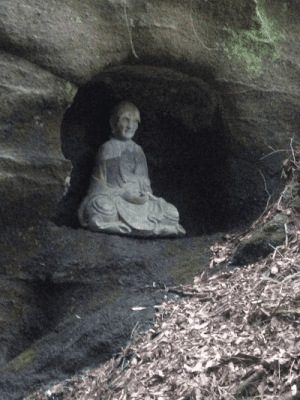
Before focusing on the rich Buddhist cultural angle that dates way back into the Nara Period, it is important to mention the landscape angle. Indeed, the ropeway leading to Mount Nokogiri is a wonder to behold because the views are extremely beautiful. Hence, on reaching the top of Mount Nokogiri, the view of the sea opens up just like the amazing angles from the top of the mountain.
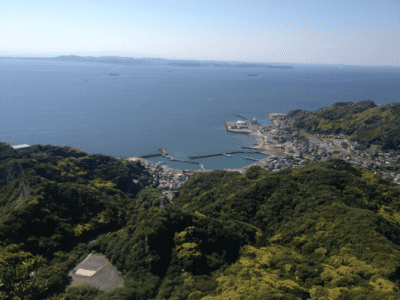
Amazingly, the roots of the temple Nihon-ji can be traced back to 725 on the order of Emperor Shomu. The directive to complete this holy Buddhist place was given to the Buddhist priest Gyoki (668-749). Emperor Shomu devoutly followed Buddhism and he introduced the powerful provincial temples system during his reign. Therefore, while Buddhism wasn’t declared the official religion of Japan, it was the closest that it came under Emperor Shomu based on the policies he enacted.
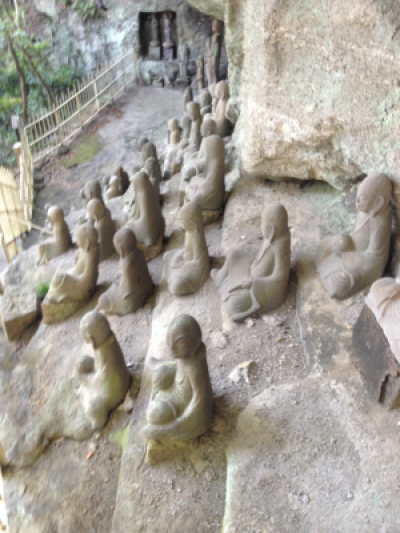
Of course, the giant statue of the Big Buddha came at a much later date and while tourists and locals enjoy the tranquility that it now brings, this wasn’t always the case. Equally, several Buddhist sects have ruled over the Buddhist temple of Nihon-ji.
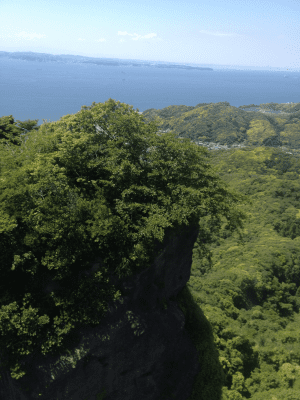
Initially, the Hosso sect controlled this holy Buddhist temple complex but in time it came under the Tendai sect. Buddhism in Japan, just like other major world faiths including Christianity and Islam, is blighted by theological and philosophical differences. In time, the Soto Zen would take over from the Tendai sect and impact its own distinctive Buddhist view on this adorable temple that is blessed with amazing grounds to observe so many small Buddhist statues.
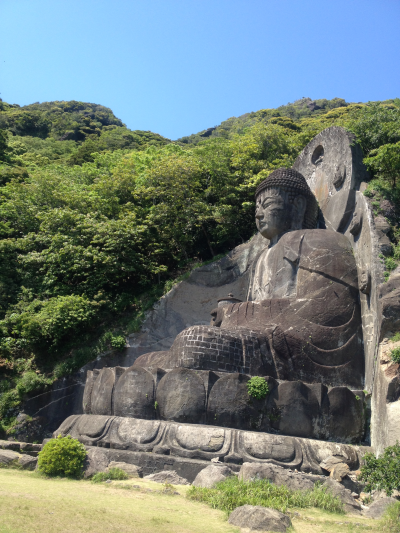
Convulsions of a more sinister root took place in recent historical times during the period of 1868-1874. This is based on the Haibutsu kishaku (anti-Buddhist movement) crisis that took place during the modernizing period of the Meiji Restoration. In this period, a reported 40,000 Buddhist temples were destroyed beyond belief. Of course, the figure varied depending on which part of Japan but in some places, roughly 80 percent of holy Buddhist temples were destroyed. Therefore, the beheadings of small Buddhist statues at Nihon-ji is a reminder to the brutal deeds done during this anti-Buddhist episode in Japan.
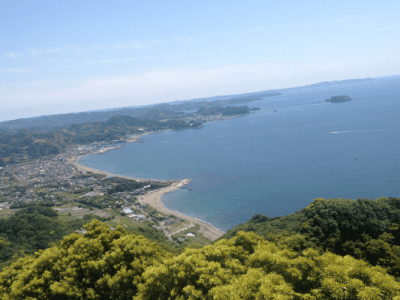
Overall, if tourists visit Tokyo or the surrounding prefectures, then the holy Buddhist temple and grounds of Nihon-ji are in easy reach. Hence, it is recommended for people who adore Buddhism, culture, history, nature and have a hint of spirituality, to visit this fascinating and beautiful place.
MODERN TOKYO TIMES IMAGES
https://www.japan-guide.com/e/e6433.html – Tourist information

PLEASE SUPPORT MODERN TOKYO TIMES by DONATING
Modern Tokyo News is part of the Modern Tokyo Times group
DONATIONS to SUPPORT MODERN TOKYO TIMES – please pay PayPal and DONATE to sawakoart@gmail.com
http://moderntokyotimes.com Modern Tokyo Times – International News and Japan News
https://www.pinterest.co.uk/moderntokyotimes/ Modern Tokyo Times is now on PINTEREST
http://sawakoart.com – Sawako Utsumi personal website and Modern Tokyo Times artist
https://moderntokyonews.com Modern Tokyo News – Tokyo News and International News
PLEASE JOIN ON TWITTER
https://twitter.com/MTT_News Modern Tokyo Times
PLEASE JOIN ON FACEBOOK